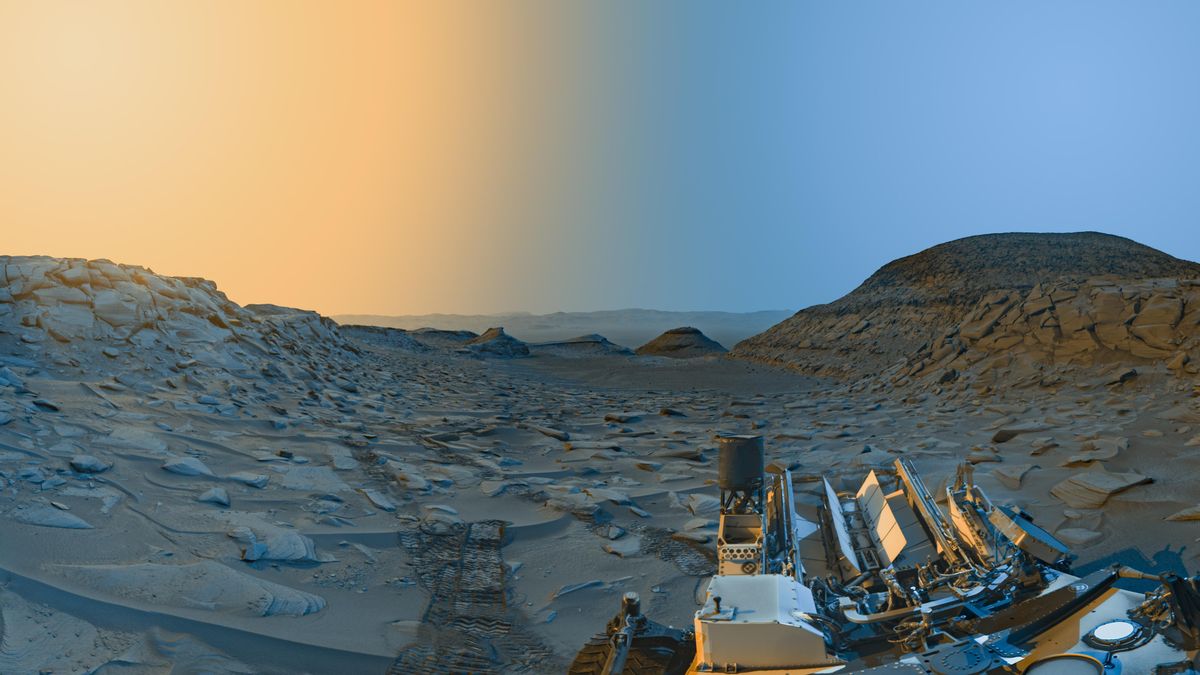JAKARTA - Curiosity, a Mars rover robot, belonging to the United States Aeronautics and Space Administration (NASA) recently collected data from the Gale crater, a large depression on Mars.
Data in the form of a combination of images from the Curiosity rover was studied by scientists. These images were compared with Earth's scans of sedimentary rocks beneath the Gulf of Mexico, then identified using computer simulations.
From the results of research, scientists claim that rivers once flowed on Mars. This claim is based on the identification of a surface that is thought to be the remains of an ancient river that has been eroded.
“We found evidence that Mars was most likely a river planet,” said Penn State University Geoscientist Benjamin Cardenas who wrote up the findings in Geophysical Research Letters, citing Space.
If the presence of rivers on the Red Planet is increasingly proven, the hope of life on that planet will be even higher. The reason is, rivers are very important for chemical, nutrient, and sediment cycles. This cycle influences life.
Cardenas explained that these findings are very impressive because humans can get closer to a Mars mission. It is possible that in the past Mars was indeed a planet suitable for life.
VOIR éGALEMENT:
Before NASA's Curiosity rover shared images of the Gale crater, several scientists had predicted the presence of dry rivers on the surface of Mars.
This suspicion emerged after the first Martian orbital spacecraft, Mariner 9, mapped the surface of the river from orbit. Not to mention that several explorers found mineralogical evidence such as sulfur.
Currently, Curiosity is still exploring the Gale crater which is 154 kilometers wide. This exploration was carried out to confirm the presence of water in the crater.
The English, Chinese, Japanese, Arabic, and French versions are automatically generated by the AI. So there may still be inaccuracies in translating, please always see Indonesian as our main language. (system supported by DigitalSiber.id)

















